Celebrating tradition and change: How Hazra Park Durgotsab’s ‘Suddhi’ theme at Durga Puja continues to inspire social justice and community spirit after 82 glorious years
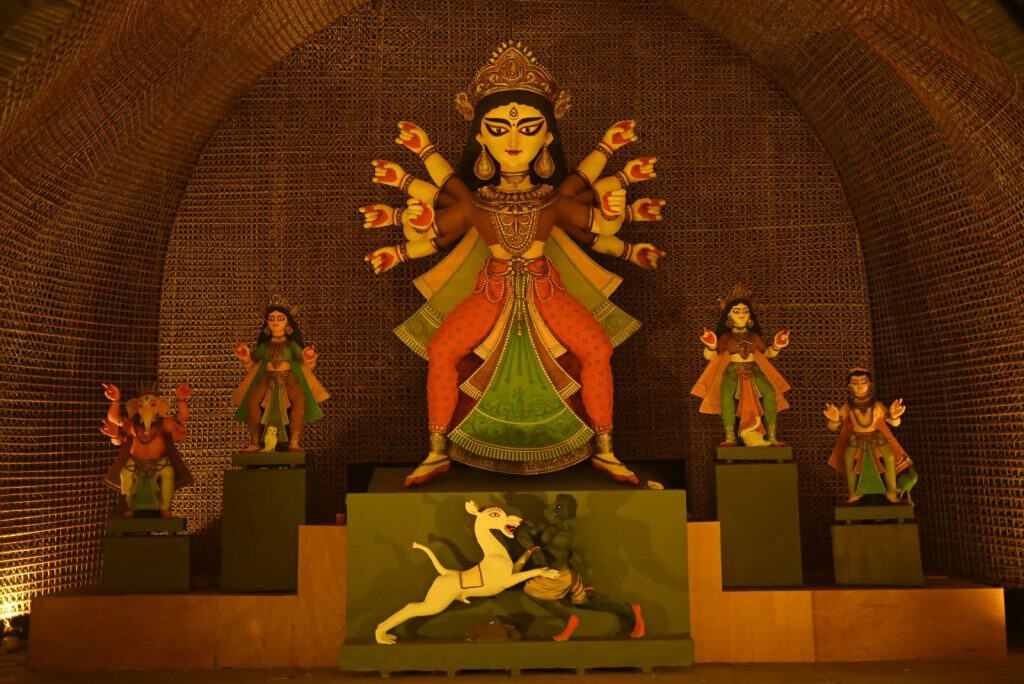
Hazra Park Durga Puja, one of Kolkata’s most socially significant festivals, celebrates its 82nd year with the theme SUDDHI, which means purification. This event is not just a cultural celebration; it stands as a powerful symbol of social justice, equality, and community empowerment. For over eight decades, Hazra Park Durgotsab has championed inclusivity, challenging the deeply rooted caste discrimination prevalent in Kolkata’s social fabric.
The event was recently inaugurated by notable figures, including Sri Subrata Bakshi, Member of Parliament; Sri Sovandeb Chattopadhyay, Minister of Agriculture, Govt of West Bengal; Sri Debasish Kumar, MLA; Sri Kartik Banerjee, Social Activist; and Sri Sayan Deb Chatterjee, Joint Secretary of Hazra Park Durgotsab Committee.
Their presence underscored the cultural and social significance of this event, highlighting its importance in Kolkata’s vibrant festive landscape.
Legacy Behind the ‘DURGOTSAB’
Hazra Park Durgotsab began in 1942 as a small initiative by Dalit employees of the Kolkata Municipal Corporation (KMC). At that time, caste-based discrimination was widespread, and marginalized communities, particularly Dalits, were often denied the right to participate in religious ceremonies.
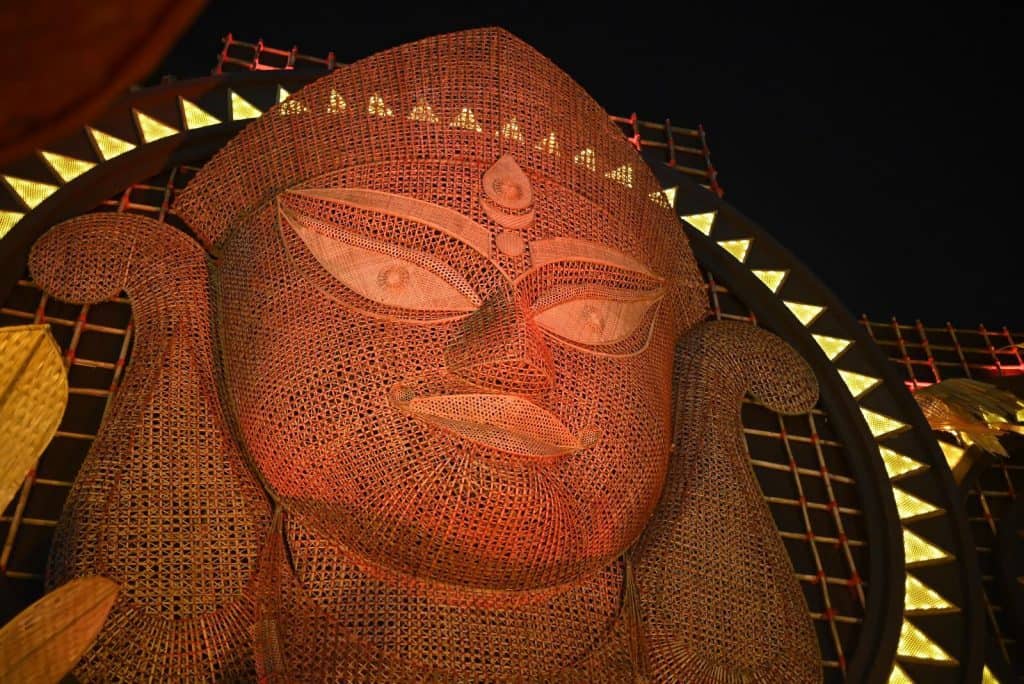
Despite these social challenges, the founders of Hazra Park Durgotsab were determined to create a space where everyone, regardless of caste, could come together to worship and celebrate.
The journey was not easy. Traditionalists and orthodox groups opposed the idea of Dalits organizing a Durga Puja. Yet, the organizers persevered, using the event as a platform to confront and challenge social injustices.
Over the years, Hazra Park Durgotsab grew from a modest gathering into a grand celebration that now attracts thousands of people from all walks of life. The event’s unwavering focus on social equality has made it a symbol of resistance against oppression and a beacon of hope for marginalized communities.
The Significance of the Theme “SUDDHI”
The theme for this year, “SUDDHI,” meaning purification, carries a deep message that goes beyond religious rituals. It symbolizes a call to cleanse society of its biases, prejudices, and inequalities. The concept of purification here is not limited to physical or spiritual cleanliness; it also emphasizes the need to eliminate the social evils of discrimination and injustice.
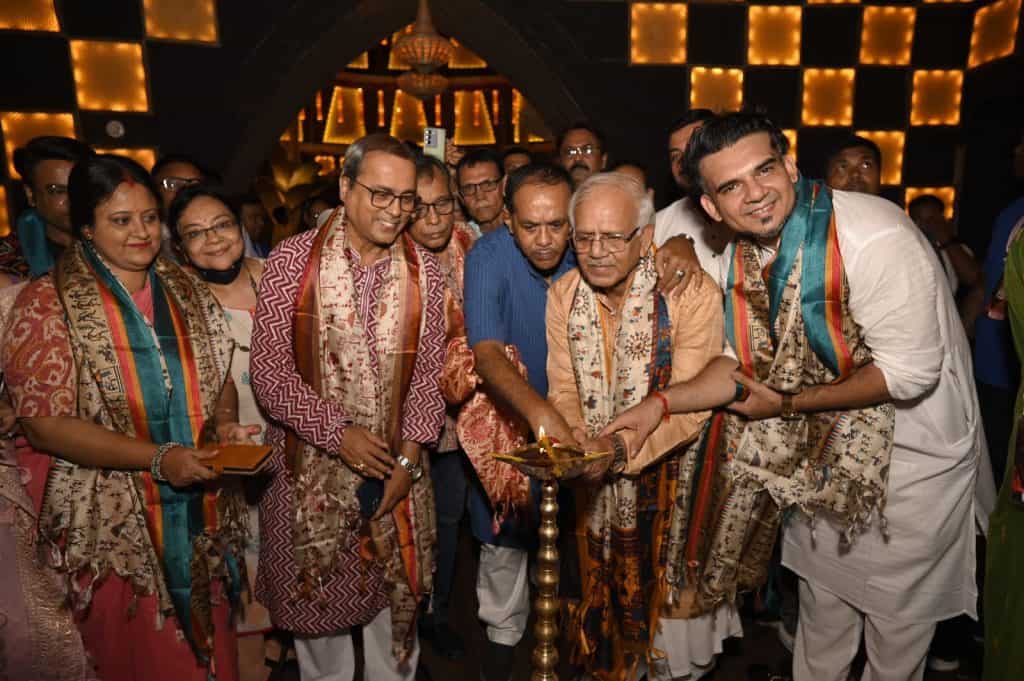
Sri Sayan Deb Chatterjee, Joint Secretary of Hazra Park Durgotsab Committee, expressed this sentiment beautifully when he said, “This year’s theme, ‘SUDDHI,’ is a powerful reminder that true purification goes beyond rituals; it’s about cleansing our society of discrimination and inequality. As we come together to celebrate, we honour our history and reaffirm our commitment to building a community where everyone is valued and included.”
Special Bhog ( offering ) of the Hazra Park Durgotsab
At Hazra Park, the bhog includes traditional foods like Khichuri (a mix of rice and lentils), Labra (vegetable curry), Chutney, and Payesh (sweet rice pudding). Devotees also enjoy Luchi (fried bread) with Aloo dum (spiced potato curry).
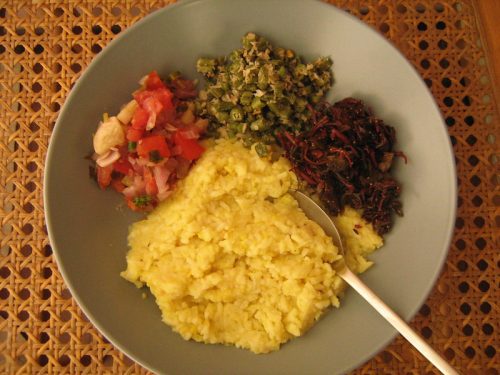
These dishes are made with care and served to everyone, symbolizing the blessings of Goddess Durga. This communal meal reflects Kolkata’s rich food traditions and brings people together in the spirit of unity, making the experience of sharing this simple yet delicious food a special part of the celebration.
Sculpting Unity: The Artisans of Hazra Park Durgotsab
The talented idol and pandal makers of Hazra Park Durgotsab have deep roots in Kolkata’s artisan communities, especially from Kumartuli. For generations, these skilled craftsmen, mostly from potter and sculptor families, have passed down their techniques, creating beautiful Durga idols with intricate details that reflect Kolkata’s cultural spirit. They use a special type of clay called “Ganga mati” to make the idols of Durga Maa. This clay is collected from the banks of the Ganga (Hooghly River) because it has a smooth texture and is easy to shape, allowing the artists to create detailed designs on the idols.
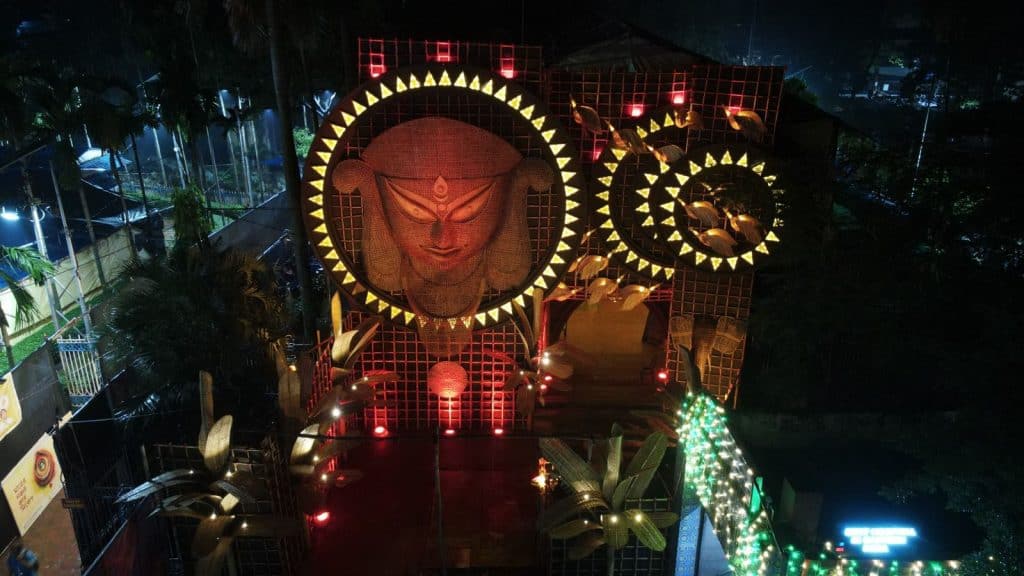
To mix the clay, they often use water from the Ganga River itself. Using this water has a deeper meaning, as it is believed to purify the clay and bring divine blessings. This combination of Ganga mati and Ganga water makes the idols not just beautiful but also spiritually meaningful for the devotees.
Pandal makers, often from carpentry and decoration backgrounds, have been involved since the festival’s start in 1942. They design each pandal as a creative space that brings the puja’s themes of social justice and inclusivity to life. Together, these communities keep Kolkata’s artistic traditions alive while supporting Hazra Park Durgotsab’s message of unity and equality.
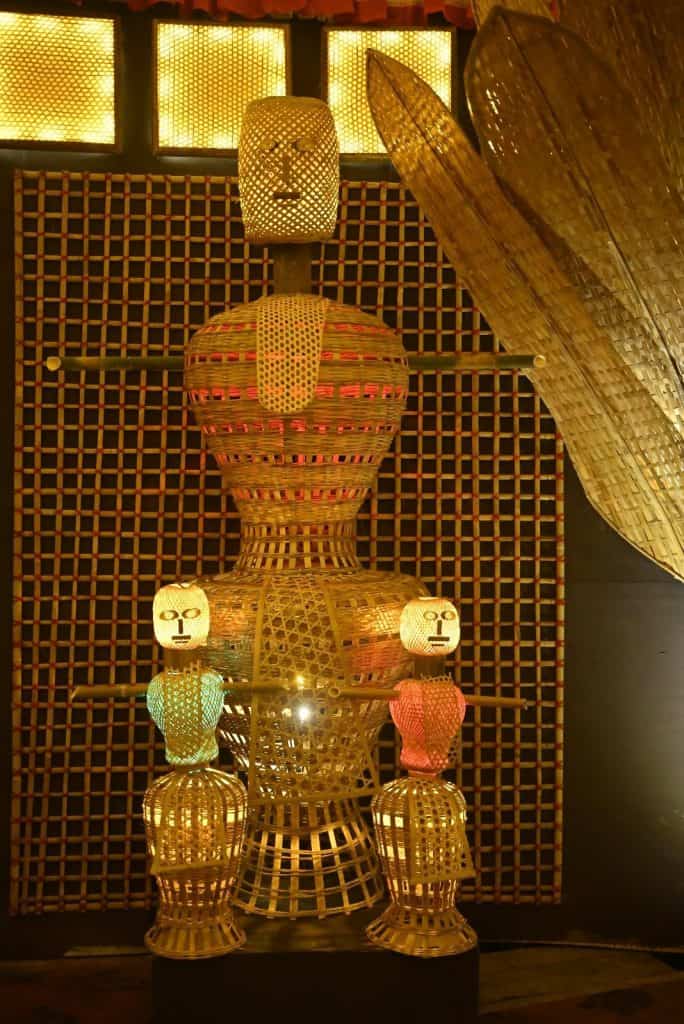
Important Details about Hazra Park Durgotsab:
Location: Hazra Park, South Kolkata, West Bengal.
Nearby Landmark: Situated close to Hazra Road, a well-known area in the city.
Accessibility:
- Easily accessible by public transportation, including buses, taxis, and local rickshaws.
- Nearest Metro Station: Jatin Das Park, which is a short walk away from the venue.
Atmosphere:
- The park area is surrounded by bustling markets and local eateries, enhancing the festive vibe.
- The pandal features artistic decorations and cultural displays that align with the year’s theme.
Festive Highlights:
- Traditional music, dance performances, and food stalls create a lively and immersive experience.
- The event attracts thousands of visitors and devotees, emphasizing social inclusivity and community spirit.
In today’s world, where challenges related to inequality and discrimination are still prevalent, Hazra Park Durgotsab stands as a beacon of hope and resilience. Its transformation from a modest gathering to a large-scale celebration reflects the strength of unity and collective action. As movements for social justice gain momentum globally, Hazra Park Durgotsab serves as a reminder that change begins at the grassroots level, driven by individuals committed to making a difference.
Read more: Latest



